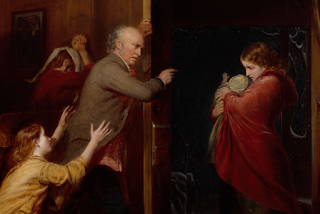Honouring spectator agency / Audience as participants
This is a note on the curatorial impulse and the relevance of curated exhibitions, but first a digression serving to contextualise the educative mission of cultural institutions vis-à-vis the broader learning landscape. Higher education in the UK is receiving more widespread attention at the moment due to last week’s publication of a Government green paper on the proposed Teaching Excellence Framework (TEF). A theme emerging from the discourse surrounding this paper and the implications of implementing the framework and the perceived need for it is talk of consumers and producers. Now this transactional vocabulary is not new – I remember in 2007 hearing a university director and principal talk of the tendency of some students to behave like the customers of universities, and he protested that the relationship between institution, staff and students was not so clear cut – but the use of such vocabulary has become more nuanced. For we also read in these current discussions sur
